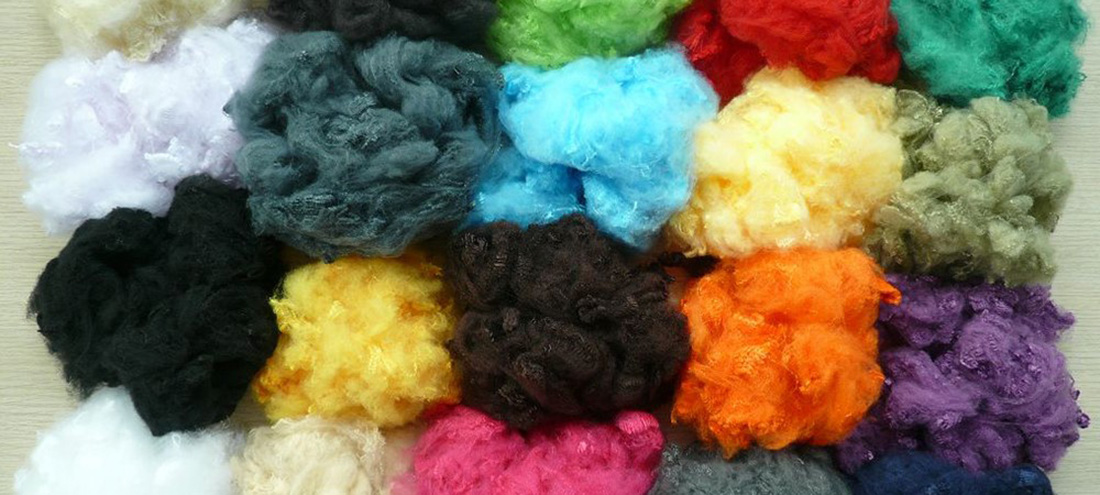Recycling concepts of textiles and nonwovens continue to evolve. Textiles lead the way as textile recycling is one of the oldest and most established recycling industries in the world. Fibers from textiles are recovered, sorted and processed depending on their condition, composition and value. These materials have a robust recycling infrastructure.
Textiles also have an international trade association, SMART (Secondary Materials and Recycled Textiles), that promotes and provides a common forum for the advancement, education and advocacy of textile recycling. Nonwoven technologies do not have the same reach and infrastructure as textiles and advocacy in the United States is spearheaded by INDA, the association of the nonwoven fabrics industry, and to a lesser extent other plastic recycling association including SMART. It is important to note that regulations, market pull, company size, technology push, competition, and cost savings are the main eco-innovation triggers for fiber recycling.
Current status
For textiles and nonwoven to be recycled, there are some fundamental differences between natural and synthetic fibers. For nature fibers, the materials are sorted by type and color. Color sorting facilitates energy saving and, to an extent, pollution relating to re-dying. These fibers are mechanically shredded from their fabric form factor. These fibers are generally combined with another kind of fiber, to strengthen them, before they are spun and woven into a new fabric or introduced into a nonwoven process.
Synthetic fibers can also be mechanically shredded if they are all the same polymer and granulated for processing into homogeneous chips. For materials that have blends of both natural and synthetic fibers chemical processes can be employed to dissolve the natural fiber and separate the synthetics. In some cases, the natural fibers can be and also are regenerated.
Both mechanical and chemical recycling have a role in fiber circularity. Neither process should be viewed as a competitor, but rather as complementary processes.
Key challenges
In closed loop recycling there are several key challenges that need to be considered before solutions can reach scale. Fiber to fiber recycling requires a constant supply of materials. Along with this challenge is the current lack of infrastructure to collect, automated separation and the supply to recycling facilities at scale.
Another key challenge area is technical aspects associated with process impurities. These contaminations can take many forms including, dyes, finishes, binders and multiple fiber blends.
To date there is no unique technology able to deal with all possible types of fiber recycling. New and emerging technologies largest barrier to adoption is capital costs and the complexities of a full-scale plant. Lastly, energy requirements as fiber recycling can often demand a lot of energy to break bonds or convert fibers mechanically.
Future technologies
In the imminent future, pyrolysis could lead to true closed-loop plastic recycling. Eventually, the possibility of pyrolysis of large bales of mixed plastics and the resultant molten polymer liquids can be processed over catalyst beds to separate out their various chemical components. This could be a viable recycling reality in the near future at scale. Those constituent materials could then be reprocessed into various virgin plastic polymers and then back into new fibers. This technology is all a matter of scale to reach an economic tipping point.
Near future
Fiber recycling will be an intrinsic component of a circular society in the next 10 to 15 years. As more fiber recycling technologies emerge at scale cities will be natural hubs for these technologies due to their density of population and logistics to facilitate large scale collection and separation. It takes a lot of energy to transfer materials and significantly more to release the persistence that formed the material initially. Plastics will need to be engineered to be more easily recycled which is one area of intense R&D and legislative discussion.
Recycling of fibers is on the right track, but there are challenges that have to be overcome in order to make it common commercial reality have to be sorted. Although textiles have be recycled for a long time, innovation has just started in this field and for this reason it also a source of great opportunities.
* International Fiber Journal is owned by INDA, Association of the Nonwoven Fabrics Industry (inda.org).


